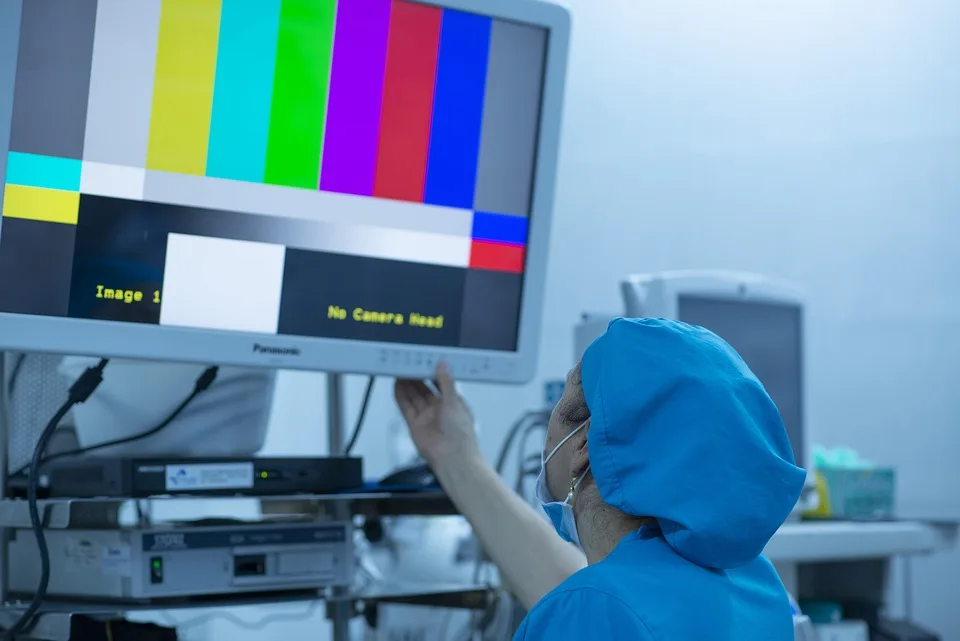[ad_1]
The Windows 10 Era is Ending – Are You Ready?
For over a decade, Windows 10 has been the ubiquitous operating system powering billions of devices worldwide. From home PCs to essential business infrastructure, it’s become deeply ingrained in our digital lives. But the clock is ticking. Microsoft is officially ending support for Windows 10 on October 14, 2025. This isn’t just a minor update; it’s a major milestone that demands your attention.
This article dives deep into what this transition means for you, why it’s happening, and what steps you need to take to ensure your devices remain secure and functional.
Why is Windows 10 Reaching its End?
Microsoft regularly releases new versions of Windows to offer enhanced features, improved security, and better performance. Windows 11, launched in 2021, represents the latest iteration, boasting a modernized interface, improved security features, and enhanced performance optimization. By ending support for Windows 10, Microsoft wants to focus its resources on developing and supporting its current platform, Windows 11.
Furthermore, providing support for older operating systems becomes increasingly costly and challenging from a security perspective. Older systems are more vulnerable to emerging threats, making it crucial to transition to a more secure platform.
What Happens When Windows 10 Support Ends?
The implications of this end-of-life date are significant. Here’s a breakdown of what you can expect:
- No More Security Updates: This is arguably the most critical concern. Without security updates, your Windows 10 device becomes increasingly vulnerable to malware, viruses, and other cyber threats. This risk escalates rapidly after the end-of-life date.
- No More Feature Updates: You’ll miss out on new features, performance improvements, and compatibility enhancements that Microsoft releases with newer versions of Windows.
- Limited Software Compatibility: Many software developers will eventually stop supporting Windows 10. This means your favorite programs might become incompatible or stop functioning altogether.
- Potential Hardware Issues: Drivers for older hardware components might become unavailable, leading to compatibility issues.
- Increased Risk of Data Loss: Without security updates, your system is more susceptible to data breaches and ransomware attacks.
Are You Ready? What You Need to Do:
The good news is that transitioning to a newer operating system isn’t necessarily a daunting task. Here’s what you need to do to prepare:
- Check Your System’s Compatibility with Windows 11: This is the first and most crucial step. Use Microsoft’s PC Health Check app (available for download here: https://www.microsoft.com/en-us/windows/windows-11-requirements) to ensure your hardware meets the minimum requirements for Windows 11. Common requirements include a TPM 2.0 chip and a compatible processor.
- Backup Your Data: Before making any significant changes, creating a complete backup of your important files is paramount. You can use Windows’ built-in backup tools, third-party backup software, or cloud storage services like OneDrive, Google Drive, or Dropbox.
- Consider Upgrading to Windows 11: If your system is compatible, upgrading to Windows 11 is the recommended solution. Microsoft offers a clean installation option, which is often the most reliable approach.
- If Upgrading Isn’t Possible: If your hardware doesn’t meet the Windows 11 requirements, you’ll need to consider other options. These might include:
- Purchasing a New PC: Investing in a new device with Windows 11 pre-installed is a straightforward solution.
- Running Windows 10 with a Paid Extended Security Update (ESU): Microsoft offers ESU for a limited time, allowing you to continue receiving security updates for Windows 10 beyond the end-of-life date. However, this is a costly solution and only recommended for critical business systems.
- Switching to an Alternative Operating System: Linux distributions like Ubuntu or Mint are viable alternatives, offering excellent security and a wide range of software options.
Don’t Delay!
October 14, 2025, is fast approaching. Ignoring this deadline puts your digital security and data at serious risk. Make a plan now, prioritize your devices, and take the necessary steps to ensure a smooth transition.
Resources:
- Microsoft Windows 11 Requirements: https://www.microsoft.com/en-us/windows/windows-11-requirements
- Windows PC Health Check App: https://www.microsoft.com/en-us/windows/windows-11-requirements
- Microsoft End of Support Policy: https://learn.microsoft.com/en-us/lifecycle/products/windows-10
The Windows 10 era is coming to a close. Proactive planning and action are key to ensuring your devices remain safe and secure in the future. Don’t wait – start preparing today!
[ad_2]
